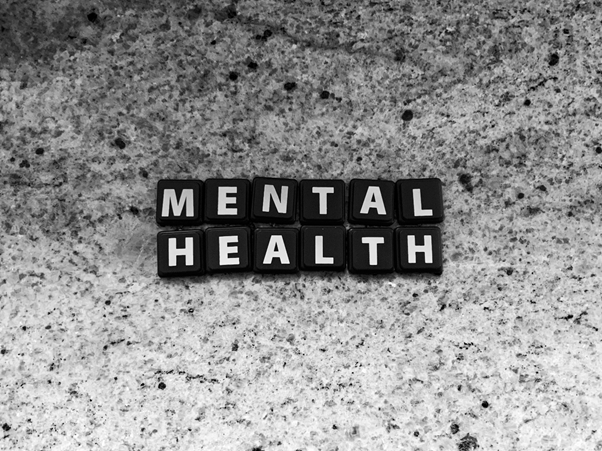Why is there a Large Treatment Gap for Mental Health Disorders in India?

The Institute for Health Metrics and Evaluation estimates say for every 100,000 people, 1574 people are living with mental health disorders. According to the National Mental Health Survey of India (NMHS 2015–16), about 1/10th population suffers from common mental illnesses and 0.8 percent from severe mental disorders. Mental disorders range from mild mood, anxiety, & stress disorders to extreme behavioral disorders such as schizophrenia.
The lifetime prevalence of depressive disorders, stress disorders, and mood disorders is 14 percent, including its prevalence, cost, and disabilities. Young people migrate to urban areas; this has increased neurotic disorders, mood disorders, and alcohol use disorders among urban metro people. At the same time, the cases in the rural and urban non- metro are relatively minor.
“Mental healthcare needs availability, accessibility, and affordability at the time of care. There are barriers to seek help in the form of mental health services and financial security that contribute to the mental health treatment gap. According to NMHS, 2/3rd of people are suffering from depression and alcohol use disorders and are facing a high treatment gap.”
Mental health care workforce
Indian mental health workforce comprises a traditional faith healer, physician, counsellor, psychologist, or psychiatrist. According to the latest World Health Organization data, 2017, India has only 1.93 mental health workers, 0.29 psychiatrists, 0.15 specialists, 0.8 nurses, 0.07 psychologists, 0.069 social health workers, 0.2 therapists, and 0.3 others per 100,000 population. Further, inpatient care is weak as there are fewer beds for hospital admissions. At the same time, one-fourth of the patients stay in the hospital for at least 1 to 5 years and follow up after their discharge. People with major mental disorders such as (psychosis, bipolar disorder, and depression) require hospitalization or treatment that cannot be possible by crunch of healthcare staff.
Mental Health not prioritize in Insurance Scheme
Secondly, mental health treatment is not part of national health insurance or any other reimbursement scheme in the country. Thus, most of the people in India pay out of their pockets. The monthly spend for care and treatment per person costs around 500 INR; on the other side, the government only pays 4 INR per person for mental healthcare, which stands nowhere. The NMHS states that most mental health disorders found in low-income people could plunge many families into poverty spirals. Therefore, insufficient funding for mental, neurological, and substance use disorders leads to a more than 70% of treatment gap.
Stigma related to mental illness
Thirdly, In India, people have a stigma or lack of access related to mental health care. Moreover, the demand and supply-side barriers, limited awareness, inequity, and inefficient use of resources cause more treatment gaps. The working-age group, i.e., 30 to 49 years, were predominantly affected (psychotic disorders, bipolar affective disorders, depressive disorders, and neurotic and stress-related disorders). Therefore, it also affects occupational health and brings up employee absenteeism and lower productivity. Thus, India alone stands for economic loss due to mental health of $ 1.03 trillion between the years 2012–2030.
Among the Lower Middle-Income Countries, India is one of the countries with its Mental Health Policy, Program, and Legislation. A dedicated authority to assess compliance of mental health legislation with international human rights already exist. Despite these, it provides periodic inspections of facilities. Hence, the prevalence of mental disorders had been increasing for two decades as the schemes and programs poor implementation failed to deliver healthcare.
The mental health legislation should mandate insurance companies to provide medical insurance to the mentally ill as well. Mental health is a social concern, so it is advisable to oversee, support, facilitate, monitor, and review the cognitive health schemes and programs for a better mental health care system.







